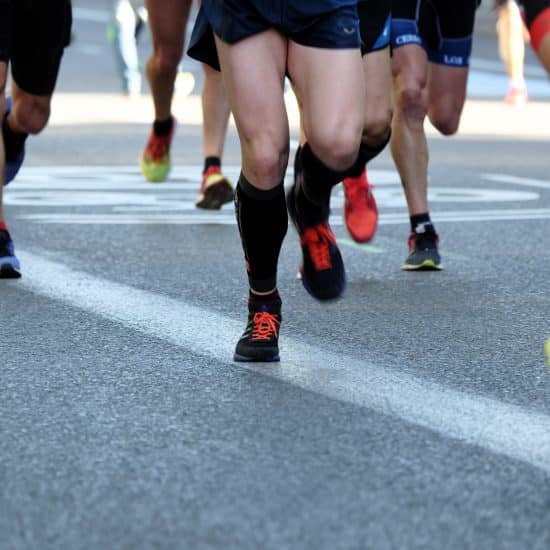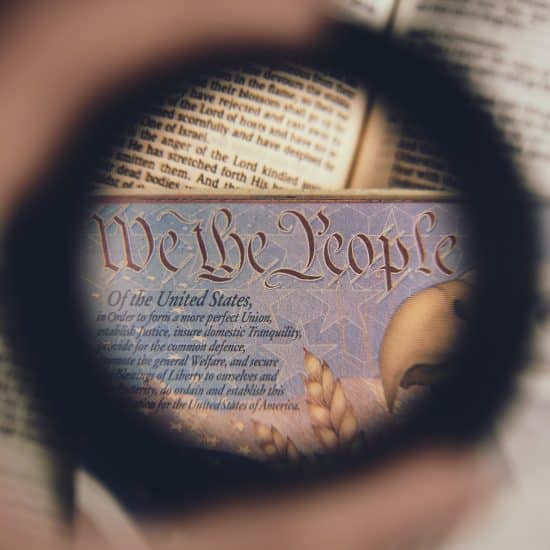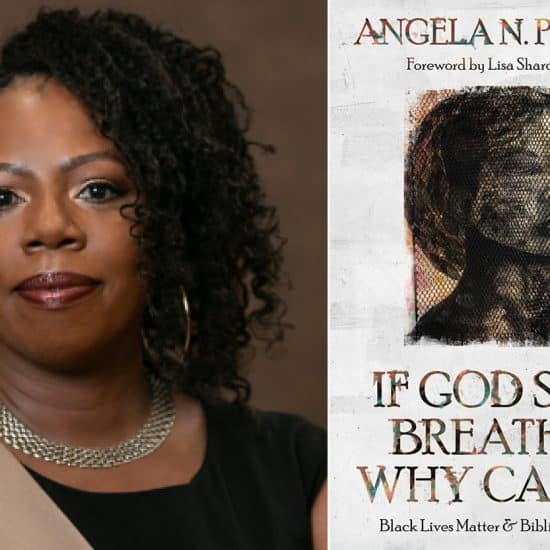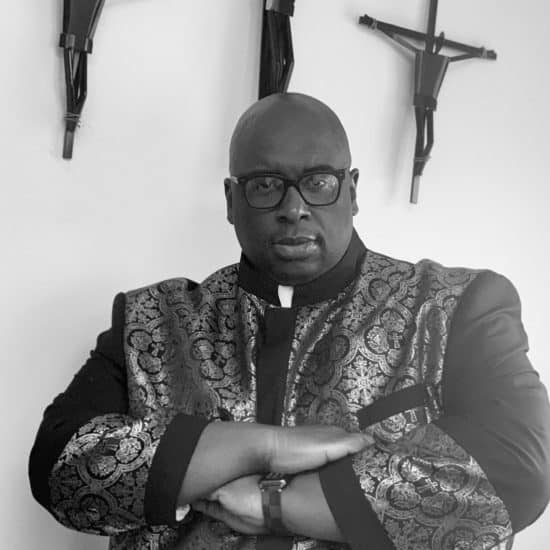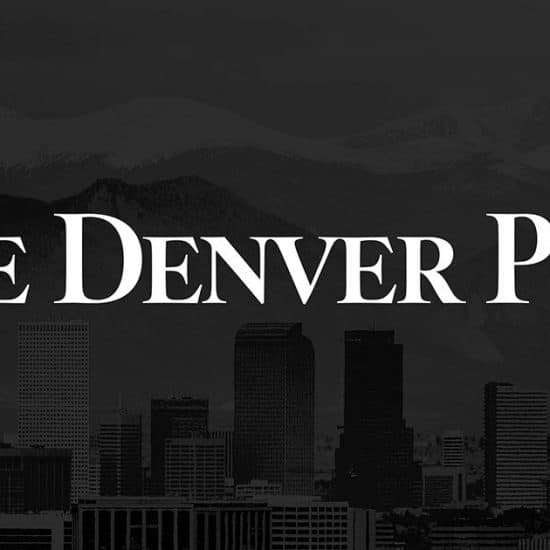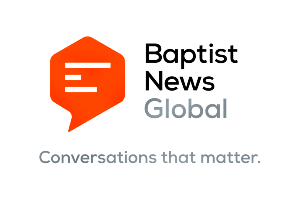Bullets fired deliberately at close range killed nine African-American members of Emanuel African Methodist Episcopal Church in historic Charleston, S.C., June 17.
 Bill WebbThe alleged attacker, Dylann Roof, 21, started firing the shots about an hour into a Wednesday night Bible study. Apparently he had sat quietly around a table until he drew his weapon and began executing nine of the other 10 attendees, including Clementa Pinckney, pastor of the church and a highly regarded state senator in South Carolina. He targeted the victims because they were black, authorities said.
Bill WebbThe alleged attacker, Dylann Roof, 21, started firing the shots about an hour into a Wednesday night Bible study. Apparently he had sat quietly around a table until he drew his weapon and began executing nine of the other 10 attendees, including Clementa Pinckney, pastor of the church and a highly regarded state senator in South Carolina. He targeted the victims because they were black, authorities said.
What was described as a “lone wolf” attack shocked a nation that has seen its share of African Americans killed in gun violence, many in controversial confrontations with police.
Material that authorities discovered on Roof’s personal computer within two days of his arrest 245 miles away in Shelby, N.C., confirmed the shootings were motivated by racial hatred.
The alleged shooter had acknowledged in writing that his parents did not raise him to be a racist. What became very evident was that the young man was influenced thoroughly by online white supremacist websites.
The gunman spared the lone survivor in the room, an elderly woman, saying he needed a witness to what happened because he intended to shoot himself.
One member of the church said that her friend’s son pleaded with the shooter to stop, but the gunman replied: “No, you’ve raped our women, and you are taking over the country…. I have to do what I have to do.” Then he shot the young man.
A law enforcement official said witnesses told authorities the gunman stood up and said he was there “to shoot black people.”
Authorities discovered a 2,000-word “manifesto” authored by Roof on a crudely designed website called “The Last Rhodesian,” registered in his name. It makes a specific reference to a motive for the Charleston church attack: “I am not in the position to, alone, go into the ghetto and fight. I chose Charleston because it is the most historic city in my state, and at one time had the highest ratio of blacks to Whites in the country.
“The event that truly awakened me was the Trayvon Martin case. It was obvious that Zimmerman was in the right. But more importantly this prompted me to type in the words ‘black on White crime’ into Google, and I have never been the same since that day.”
Photos on the site depict Roof posing with a handgun or a Confederate flag, or both.
The site concludes with “An Explanation” that reads in part: “We have no skinheads, no real KKK (Ku Klux Klan), no one doing anything but talking on the Internet. Well someone has to have the bravery to take it to the real world, and I guess that has to be me.”
Shootings inside a church have happened before but this one had unmistakable racial overtones and it left nine people dead.
The annual Cooperative Baptist Fellowship General Assembly in downtown Dallas was already underway when the shootings erupted. Comments about what had happened at the church Charleston locals call “Mother Emanuel” frequented the Thursday morning worship and business session, and remaining sessions. A week later, the same was true of the American Baptist Churches USA Biennial Mission Summit in Overland Park, Kan.
The groups share a diversity in racial and cultural makeup, particularly the American Baptists, and concern for the Charleston killings and the victims was evident throughout both meetings. Attendees prayed for the wounded and grieving city.
It is striking that more than one speaker named the nine victims individually rather than merely refer to them collectively: Cynthia Hurd, 54; Susie Jackson, 87; Ethel Lance, 70; DePayne Middleton-Doctor, 49; Clementa Pinckney, 41; Tywanza Sanders, 26; Daniel Simmons Sr., 74; Sharonda Singleton, 45; Myra Thompson, 59.
Recognizing and remembering these victims as individuals and not merely as a group of victims suggests the depth to which this atrocity has been felt by the population at large but especially by the faith community.
Renewed efforts are underway in communities, states, churches and denominations across the United States to finally address the racial divide, particularly systemic matters like equal educational, employment and economic opportunities for blacks. These are real issues across the country and throughout the U.S.
Whites and others joined blacks in protest efforts during the Civil Rights era a couple of generations ago. Some people of faith were among them, but faith communities were divided over the race issue themselves then.
Passivity and hesitation on the part of people of all colors to address this issue today amounts to dramatically falling short in responding in Christ-like concern. It is past time to act.
Bill Webb is editor of Word & Way.

